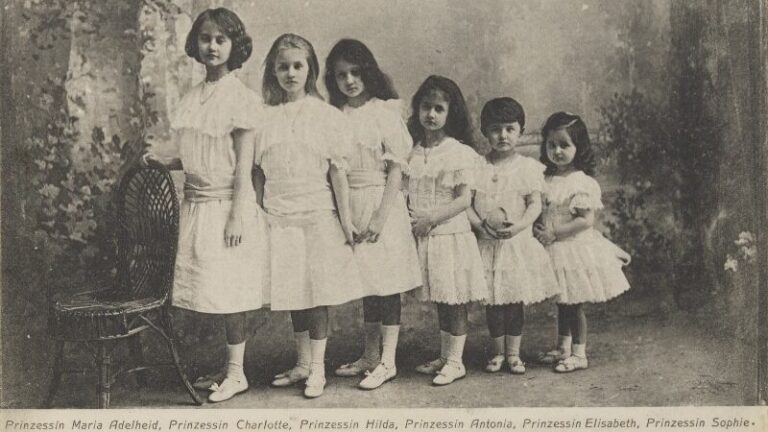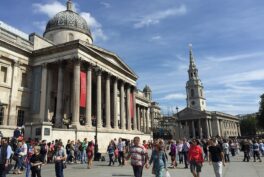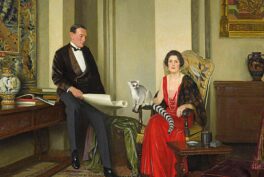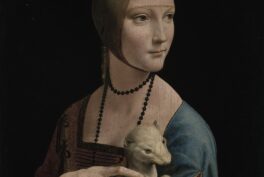The National Portrait Gallery in London is due to close its doors temporarily as of June 29th, 2020. The Inspiring People gallery redevelopment will take three years to complete. This gallery holds the most extensive collection of portraits in the world. In preparation for this long break, DailyArt Magazine would like to take you on a trip around the world inspired by the works available in the gallery’s extensive online catalog. We’ll visit all the continents and meet a host of fascinating people through their amazing portraits.
Given the impending/recent Brexit, let’s start with Europe. These portraits were selected based on the location in which they were made or on the subject’s relation to a place.
Iceland
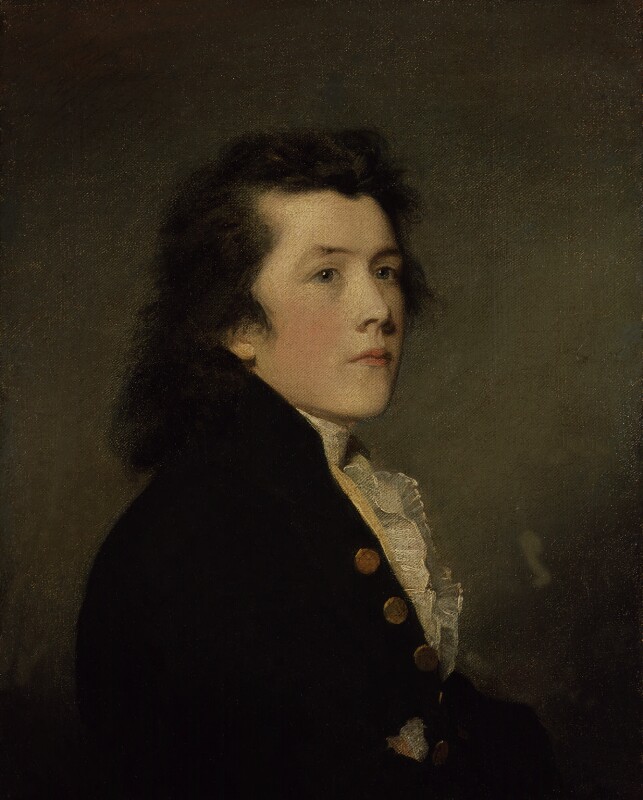
Amos Simon Cottle (1766-1800) was a poet and translator of Icelandic verse, notably the Icelandic poetry or The Edda of Sæmund. Edda is an Old Norse term describing two Medieval Icelandic literary works; the Prose Edda and an older collection of poems without an original title known as the Poetic Edda (also Edda of Sæmund). Both Eddas were written in Iceland during the 13th century. They record earlier oral traditions reaching back into the Viking Age. Also they are the most expansive source of Norse mythology.
This is the only known portrait of Cottle. His brother, Joseph, described it as ‘a great likeness’. Joseph was the friend and publisher of Coleridge, Southey, Wordsworth and Lamb.
The National Portrait Gallery’s online catalogue accompanies each portrait with a brief note on other events coinciding with the time of each portrait’s creation. Let’s take a look at some of those.
In 1787 Granville Sharp and Thomas Clarkson found the Society for Effecting the Abolition of the Slave Trade in London. In the same year the British Crown founded a settlement in Sierra Leone, called the “Province of Freedom”. It intended to resettle some of the “Black Poor of London”, mostly African-Americans freed by the British during the war. Also in 1787 Captain Arthur Phillip left Portsmouth with eleven ships full of convicts to establish a penal colony in Australia.
Ireland
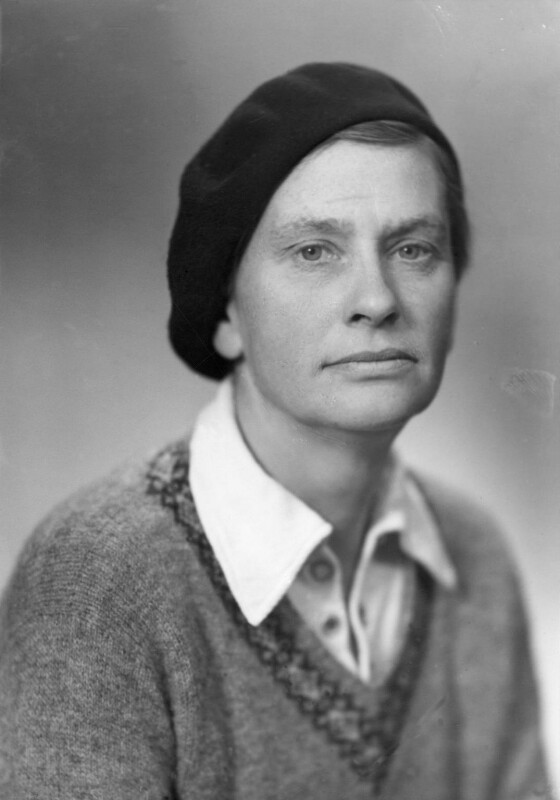
Lady Evelyn Barbara Balfour was born on July 6th, 1898 in Dublin. She was the fourth child of Gerald William Balfour, and Lady Elizabeth Edith Balfour. Her father was Conservative MP for Leeds Central and chief secretary for Ireland. Eve was a promoter of organic farming and thus is a founding figure in the organic movement. Balfour decided she wanted to be a farmer when she was 12. Subsequently, she was one of the first women to study agriculture at an English university. In 1939 she launched the Haughley Experiment, the first long-term, side-by-side scientific comparison of organic and chemical-based farming. In 1946, Balfour co-founded and became the first president of the Soil Association, an international organization that promotes sustainable agriculture. On January 17th, 1990, the day after her death, the Conservative Government, under Margaret Thatcher, offered grants to encourage British farmers to change to organic methods.
This picture encapsulates both her beliefs and her drive. The simple clothing befitting a farmer. The open but also decisive face clearly shows us she was a woman of conviction.
Luxembourg
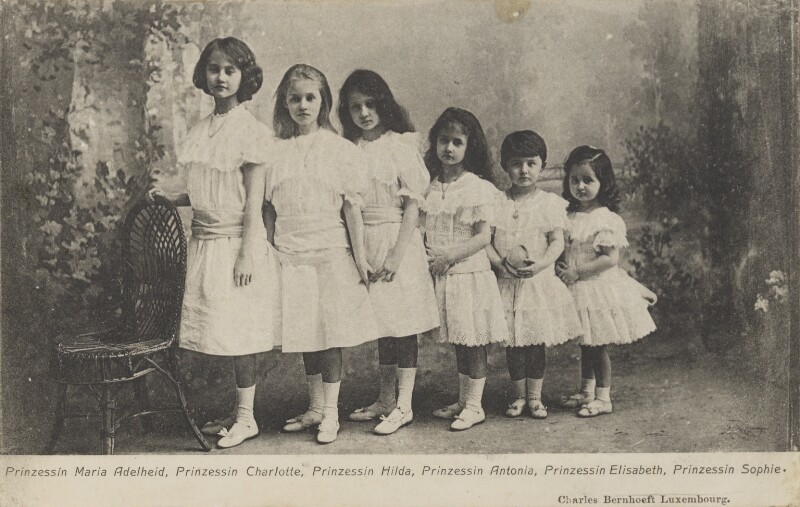
I just love this picture, there is so much going on and yet it seems so static. The daughters of the Grand Duke of Luxembourg are neatly arranged by height but also, it seems, by mood. The eldest, Marie-Adelheid, is calm, composed and confident. She became Luxembourg’s first reigning grand duchess upon her father’s death in 1912. Upon her own abdication in 1919, her younger sister Charlotte succeeded her (the second in the picture and the only blond child). Then we can see princesses Hilda, Antonia, Elisabeth and Sophie all very similar to one another. The similarity is even greater when we consider their expressions, from somber Hilda, through bored Antonia to outright unhappy Sophie. Clearly, they didn’t like being away from their fun to have their picture taken.,
At the same time as this photograph of Luxembourg princesses was taken, in Barcelona Antoni Gaudí completed his rebuilding of the Casa Batllo. Known locally as the ‘casa dels ossos’, or ‘House of Bones’. The building is striking for its use of curved stonework, oval windows and intricate tracery.
Norway
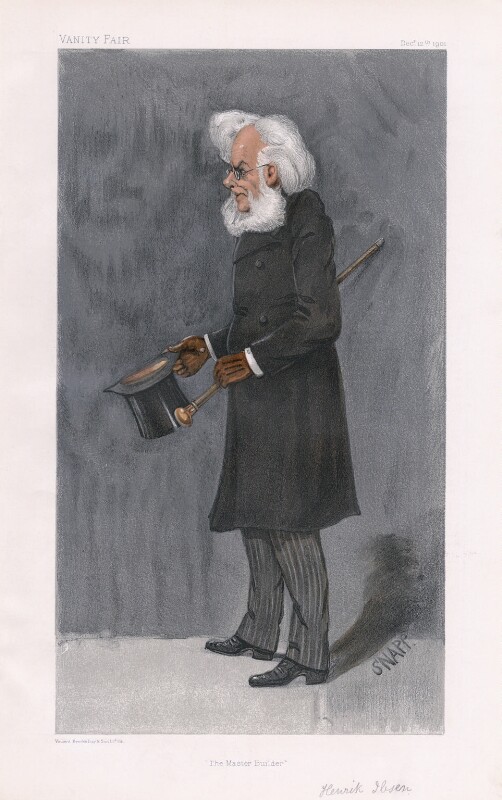
Henrik Ibsen (1828-1906) was a Norwegian playwright and theatre director. A founder of modernism in theatre, Ibsen is often referred to as “the father of realism”. As well as one of the most influential playwrights of his time. Even though his work is extremely influential, his career didn’t take off until he was 37. Publishing Brand in 1865 was a significant breakthrough.
Ibsen is an author of such classics as A Doll’s House, Peer Gynt, Rosmersholm, Hedda Gabler, Wild Duck and The Master Builder. The only dramatist staged more often than Ibsen is Shakespeare. His family and early life inspired many of his plays and characters. In addition, Norway is the setting of most of Ibsen’s plays. However, he spent his most productive years in Italy and Germany. The themes presented in Ibsen’s plays range from feminism and the position of women to morality and fate. Ibsen remains one of the most influential playwrights of our era.
The creation of this caricature in 1901 also coincided with the beginning of Pablo Picasso’s Blue Period. During which he produces a series of paintings dominated by the color blue and melancholic mood. Significantly, the period marks the transition in Picasso’s style from classicism to abstract art.
Poland
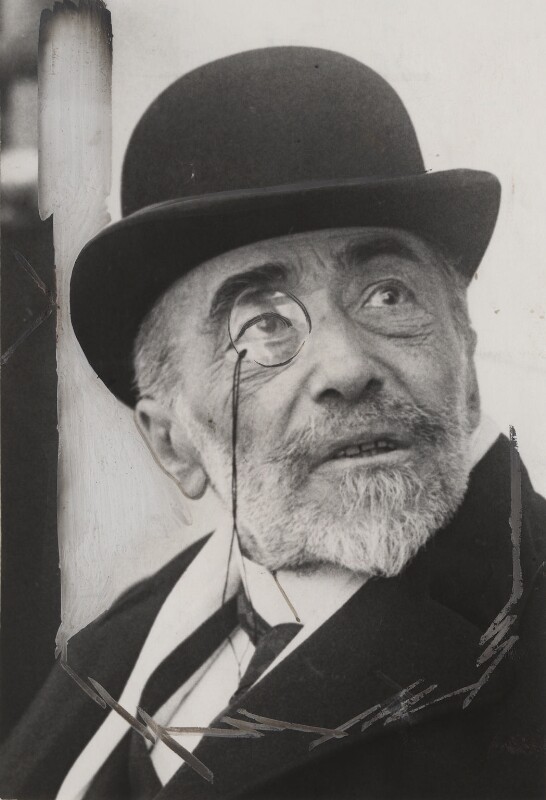
Joseph Conrad (1857-1924) was a Polish-British writer; he became a seaman, and voyaged widely in the East, the setting for many of his most famous novels. Conrad became a British subject in 1886, settled in England in 1894 and devoted himself to literature. Though he did not speak English fluently until his twenties, he was a master prose stylist. Conrad is considered one of the greatest English-language novelists. His principal works include Heart of Darkness, Lord Jim and Nostromo. In those, he tackles topics such as morality, colonialism, people escaping their life, past and redemption. Conrad’s work inspired many screen adaptations. Francis Ford Coppola’s Apocalypse Now, based on the Heart of Darkness, is probably the most famous one.
This is how the historian and poet Henry Newbolt, who met
him about 1903, described Conrad:
‘One thing struck me at once—the extraordinary difference between his expression in profile and when looked at full face. [W]hile the profile was aquiline and commanding, in the front view the broad brow, wide-apart eyes and full lips produced the effect of an intellectual calm and even at times of a dreaming philosophy. Then [a]s we sat in our little half-circle round the fire, and talked on anything and everything, I saw a third Conrad emerge—an artistic self, sensitive and restless to the last degree. The more he talked the more quickly he consumed his cigarettes… And presently, when I asked him why he was leaving London after… only two days, he replied that… the crowd in the streets… terrified him. “Terrified? By that dull stream of obliterated faces?” He leaned forward with both hands raised and clenched. “Yes, terrified: I see their personalities all leaping out at me like tigers!” ‘
Henry Newbolt
Portugal
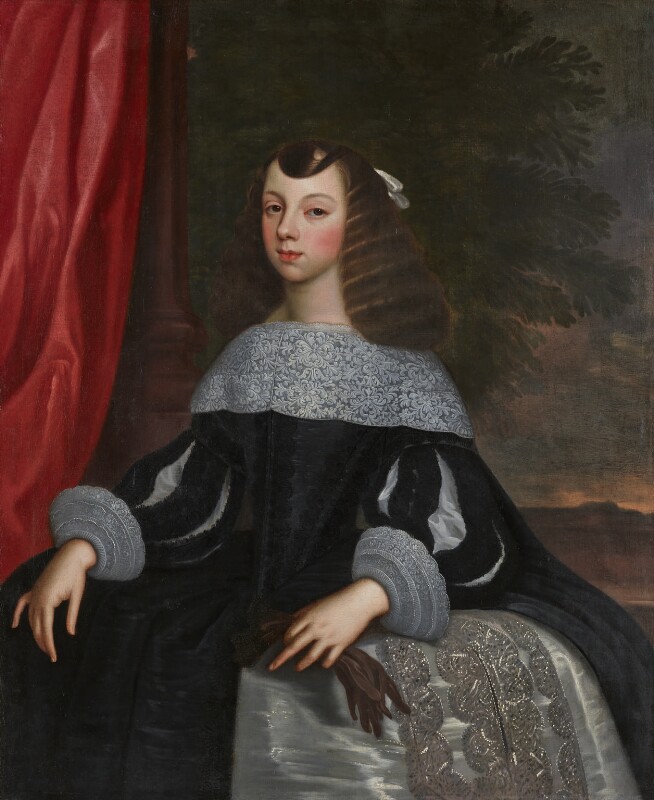
Catherine of Braganza (1638-1705), was the Roman Catholic queen of Charles II. Catherine came to England in 1662, bringing a dowry of Tangier, Bombay and £300,000. Shy, solemn and pious, the court regarded her as unsophisticated and plain. Catherine became devoted to Charles, but her inability to provide him with an heir, and his many infidelities, caused her great unhappiness. However, he resisted pressure to divorce her and seems to have felt genuine affection for her.
In this portrait, Catherine is dressed in the Portuguese court style, which was mocked in England, and she quickly abandoned it. Catherine may have introduced the British to tea-drinking, which was then widespread among the Portuguese nobility.
Diarist Samuel Pepys starts his diary on 1st January 1660, writing in shorthand. In case you’re interested, here is a taster of the few opening sentences.
‘Blessed be God, at the end of the last year I was in very good health, without any sense of my old pain but upon taking of cold. I lived in Axe yard, having my wife and servant Jane, and no more in family than us three. My wife, after the absence of her terms for seven weeks, gave me hopes of her being with child, but on the last day of the year she hath them again.’
Samuel Pepys
The diary became a unique social document, opening with a brief summary of his domestic situation and the political background.
We will be back!
As mentioned at the beginning, in this series of posts we’ll be visiting all continents. Stay tuned for more exciting people whose portraits are in the National Portrait Gallery.
London’s National Portrait Gallery
Around the World with the National Portrait Gallery – P.1 The Extremes
